A cold front has recently swept across China, driving out the lingering mildness of the
previous season while kicking off the second solar term of the winter.
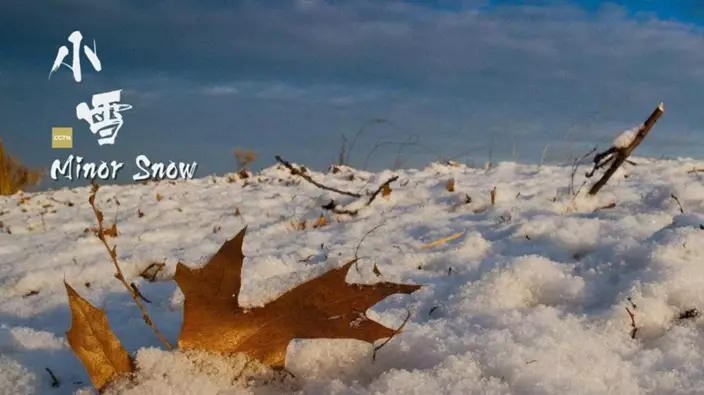
Photo/CGTN
The Xiaoxue, or Minor Snow in English, started on Wednesday, in the wake of a new round of
temperature plummeting from seven to 20 degrees Celsius.
It is the 20th of the 24 solar terms in the Chinese lunar calendar, which usually refers to the period of time from November 22 to December 7. During this time, the northwest wind usually frequents the Chinese territory, with the temperature of many areas falling below zero.
Frozen earth, a sign of a fruitful coming year
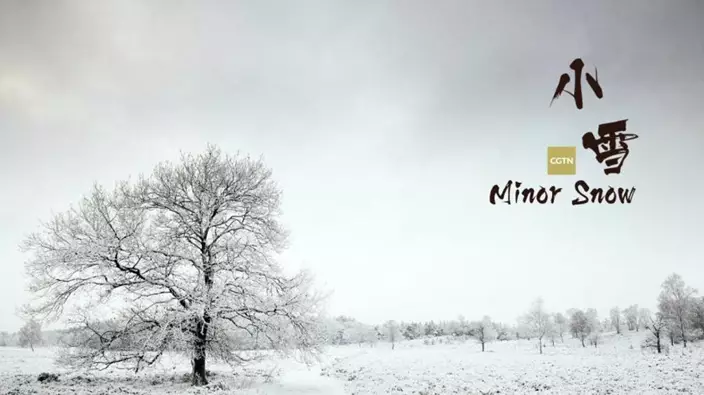
Photo/CGTN
An ancient Chinese saying goes like “Minor Snow freezes the earth and Major Snow freezes the river.” During this time, the earth in northeast China would usually be frozen to the depth of at least 10 centimeters, which makes farm work almost impossible.However, it does not mean that the freezing cold is not welcomed. The ancient Chinese believe that snowy weather of the Minor Snow signifies a big harvest in the coming year,
and they actually had scientific support.
The snowy weather is usually the prelude of abundant rainfalls for the next year, while the snow will kill some harmful insects and bacteria and at the same time accelerate the organic decomposition – both are necessities for fertilizing the fields.
Orchard farmers will trim their trees during the time, while in most areas of China, people have the tradition of piling up Chinese cabbages in storage for the coming winter. It is one of the favorite vegetables of the Chinese people.
Keep out the coldness and keep in the warmth
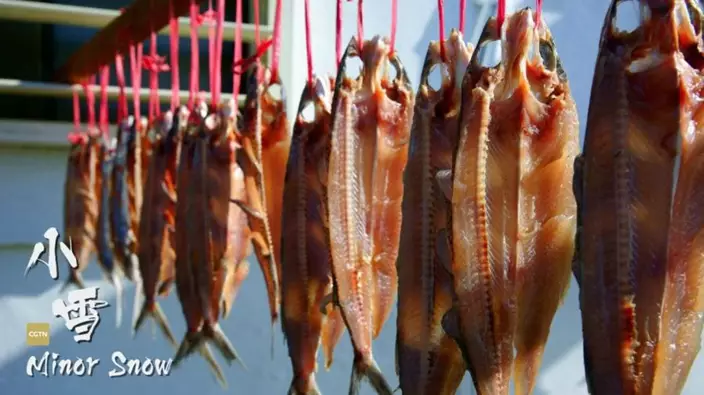
Photo/CGTN
During the agrarian age, people would usually be held indoors by the whistling wind at this time of year. But even though, it is highly recommended by doctors to keep ventilation, especially when the heating system in the North has started to work.
The Chinese medicines also suggested that the indoor temperature should be kept below 20 degrees Celsius, and it is time to turn on the humidifiers.
It is also when the South started their long-standing discussion about whether they should have the same heating systems like the North since it is time they start to prevent chilblains from their hands and feet.
Store food for the coming winter
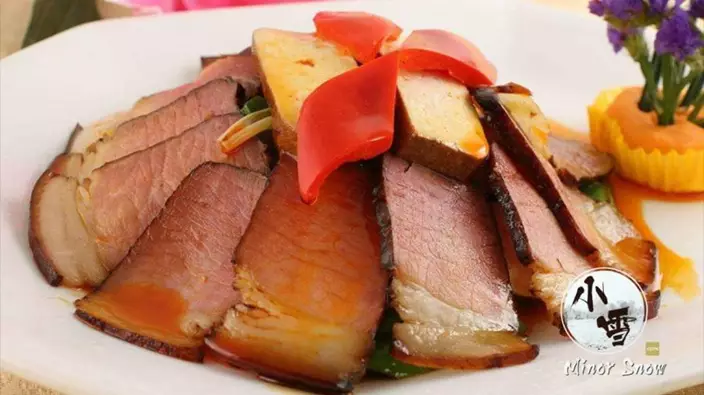
Photo/CGTN
It seems the Chinese just never let go of any chance to enjoy delicious food. In the north, people eat hotpot and mutton, which are believed warm and nutritious. Besides, sitting around the steaming pots with family and friends could easily create a warm atmosphere.
In many areas of China, people start to make cured meat during this time of year. Slice the meat into pieces and dry them in the wind, the meat would be preserved for a long time. Before the refrigerator was invented, this measure could help to diversify the dinner tables for the coming holidays.
It is out of the same reason that the coastal residents to dry fishes to get prepared for the winter.
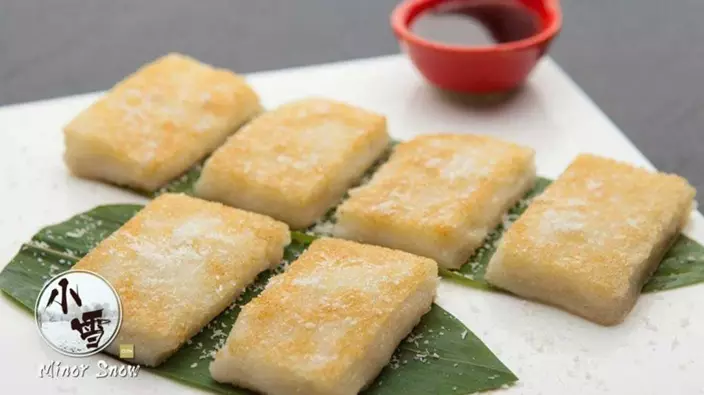
Photo/CGTN
In some southern provinces, people have the tradition of eating "Ci Ba", a kind of dessert made of sticky rice. In the past, people use the dessert as an offering to the god of cow.
Though delicious, it is better not to eat much, for they could not be easily digested.The winter is in dominance, but it does not necessarily mean that people should be confined at home. A little bit sports could be more beneficial to health than any nutrition.









